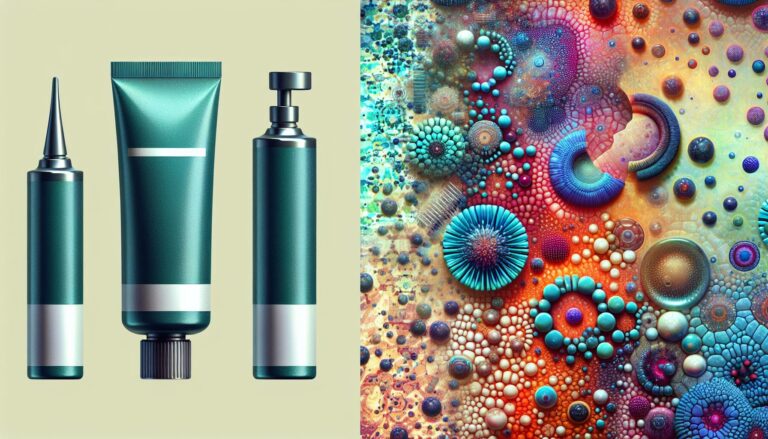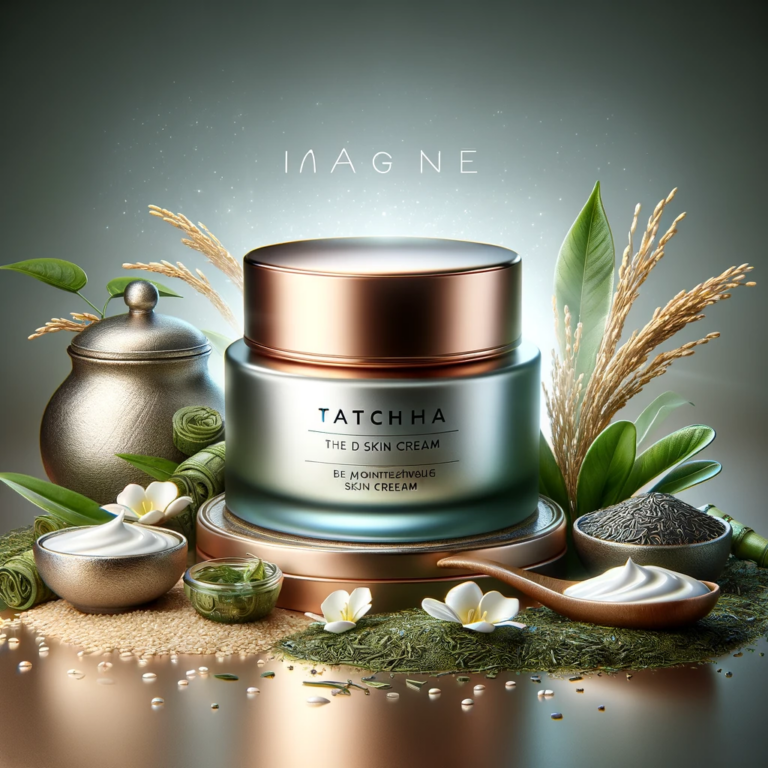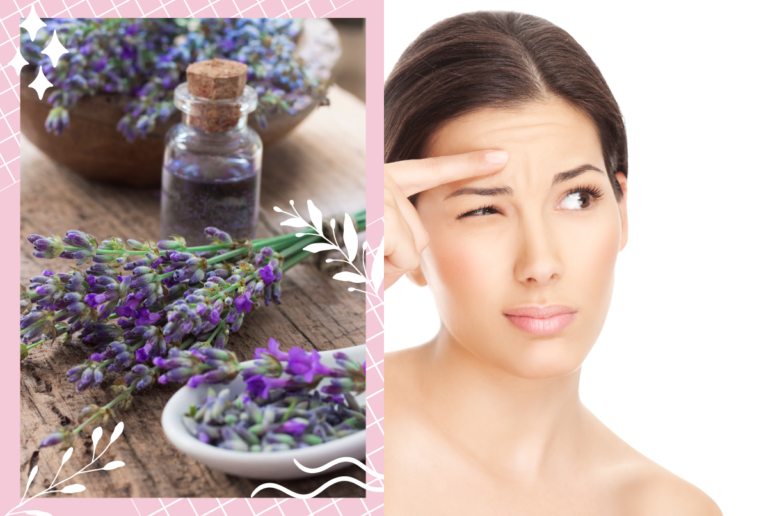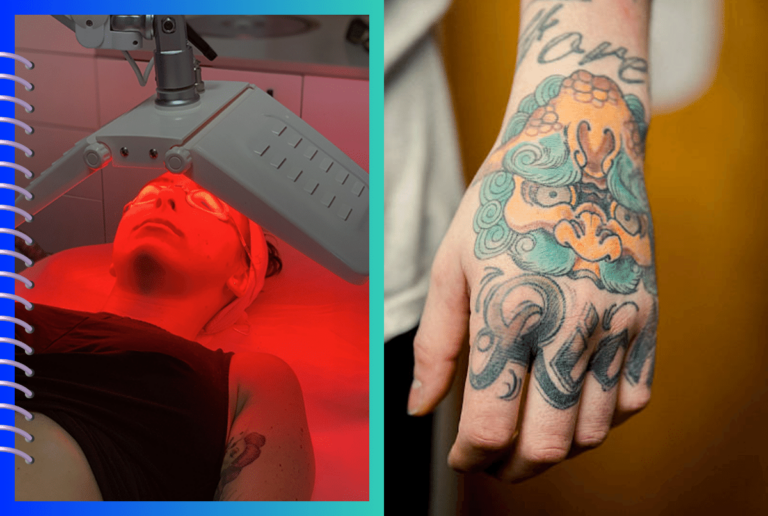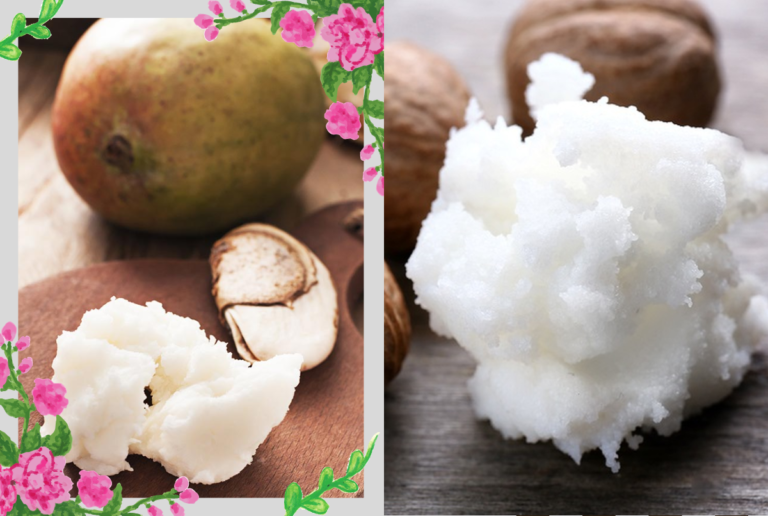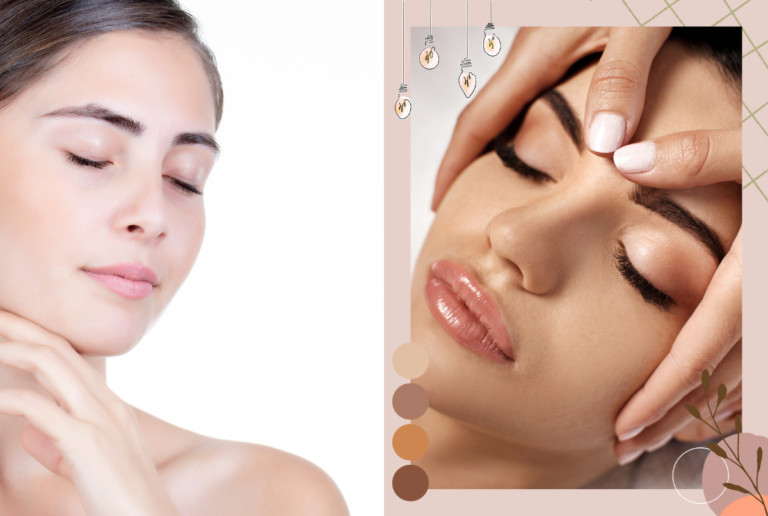Natural & Organic Setting Powders
There’s no denying that setting powders are an important part of any makeup regime.
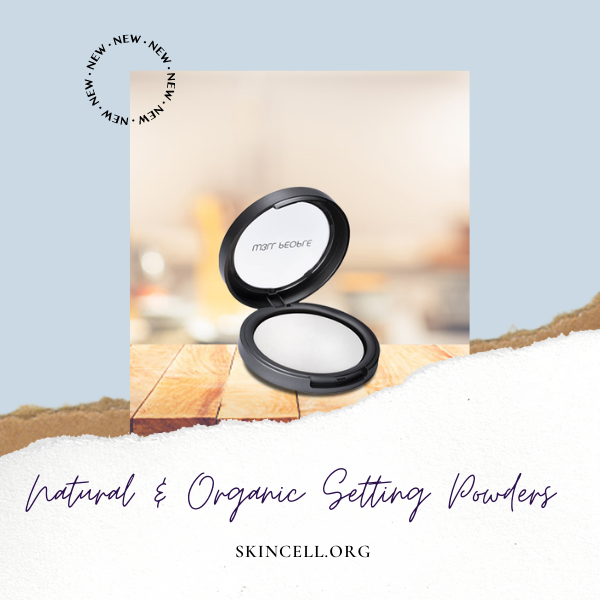
From keeping the concealer crease-free to making your face look oil-free, there’s a lot that these powders can do. However, many people miss out on factoring in the ingredients because they get distracted by the fancy claims.
But there’s no good reason why you should go for those chemically-loaded formulas that invariably do more bad than good. That’s why we are here to tell you everything about why you should opt for organic and natural options.
Without further ado, let’s dive in!
What Do Natural And Organic Setting Powders Contain?
Although the exact formulation will depend on the specific product you’re opting for, there are a few common ingredients widely used across brands. So, let us quickly walk you through some of them and the primary benefits they bring to the table.
1. Tapioca Starch
Tapioca starch is a popular ingredient in many setting powders and bronzers, as it can come in handy for concealing freckles and dark spots. Not only that, but it can also hydrate and brighten your face, thereby making the makeup look less cakey in person.
2. Arrowroot Powder
One of the biggest advantages of arrowroot powder is that it’s rich in moisture-absorbing properties, which don’t make your skin feel dry or dehydrated. As a result, it can prevent the makeup from being wiped away with sweat, which is what you’d want from your setting powder. And this makes setting powders made with arrowroot powder ideal for both oily and dry skin types.
Not only that, but arrowroot powder also has certain antibacterial benefits (1), which is effective in preventing the growth of bacteria on the skin. Plus, it can be mixed with essential oils or moisturizers to achieve a dewy look without worrying about clogging pores.
3. Kaolin Clay
Kaolin clay (2) is used in many beauty products like powders, scrubs, and deodorants due to its oil-absorbing properties. Once applied to the skin, it can effectively reduce sebum production – a problem most commonly faced by people with oily skin. This, in turn, keeps the pores from clogging and reduces the chances of acne formation.
4. Rice/Corn Starch
Much like Kaolin clay, rice or corn starch can be applied to oily skin for mattifying purposes. In fact, it can be used on its own as a replacement for translucent setting powders or can be mixed with setting powders to take away excess oil and sweat.
However, keep in mind that applying too much of it can make your face feel extremely dry, leading to the “caking” of the foundation or other makeup products.
5. Oat Flour
Oat flour can render a host of benefits for the skin, which include minimizing wrinkles and fine lines, softening the skin texture, as well as reducing the intensity of acne marks or spots. Additionally, its moisturizing properties will be appreciated by people with both dry and oily skin types.
6. Maca
If you’re someone who likes to use makeup products infused with SPF (3), then look for setting powders containing maca. It provides significant protection against the sun, especially from the harmful ultraviolet rays, to reduce your chances of developing hyperpigmentation and sunspots.
Beyond that, it’s considered a rich source of vitamin C (4), meaning it can brighten your skin to render that natural, flawless glow. Likewise, it can boost the skin’s natural collagen production and fight against the damages inflicted by free radicals, which eventually cause inflammation and other signs of aging.
What Are Some Of The Best Natural And Organic Setting Powders On The Market?
1. W3ll People Bio Brightener Powder
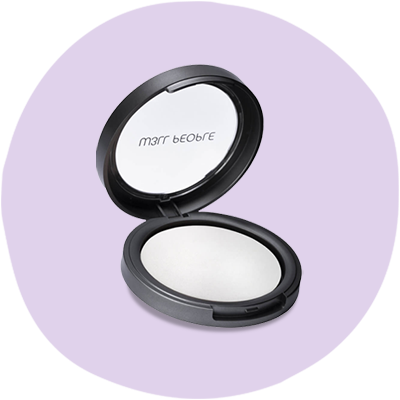
The non-toxic formula of this setting powder contains several natural ingredients, including mica, organic aloe vera leaf extracts, and pearl powder. It has a lightweight texture that seals your makeup and makes the skin look smooth.
Users love how the pearl powder content helps them add a natural shine to their face, which also makes this powder work as a subtle highlighter. However, it’s more suitable for people with dry skin and doesn’t have a mattifying effect per se.
2. RMS Beauty “Un” Powder
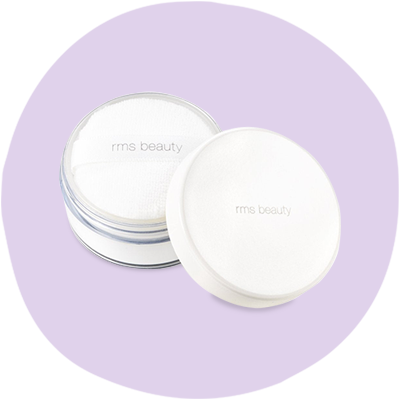
If you want a light coverage setting powder that has a simple and clean formulation, then this product from RMS Beauty may well fit your needs. It’s made from just two ingredients, viz., silica and mica, which help even out the makeup for achieving a natural-look.
Moreover, its oil-absorbing property prevents the under-eye concealer from creasing and keeps the face shine-free throughout the day. But keep in mind that the super-mattifying finish may be more suitable for oily skin.
3. Ilia Tinted Radiant Translucent Powder
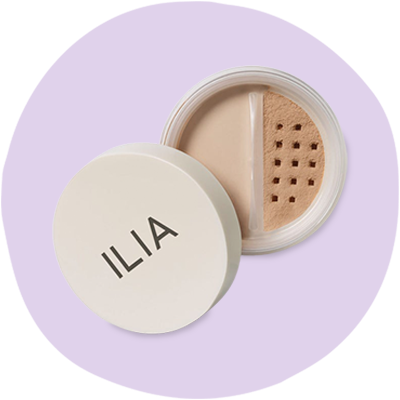
The IIia tinted translucent powder is ideal for eliminating cracks or lines, especially when used for setting liquid foundations. Plus, it’s enriched with SPF 20 to facilitate protection against UV rays while adding a subtle glow to your face. And although it will set your makeup for prolonged periods, its colored pigment may interfere with the color of your foundation.
4. Sappho New Paradigm Silky Setting Powder
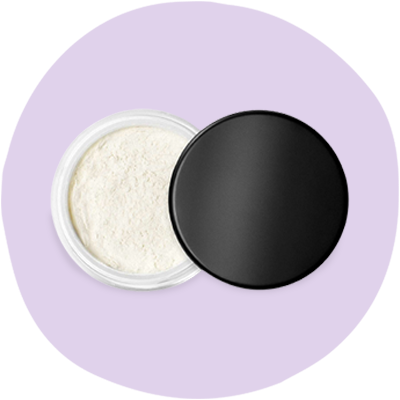
The Sappho silky setting powder has a non-comedogenic formula and has a lightweight yet translucent texture, which is suitable for most skin types and tones.
Is A Setting Powder Same As A Finishing Powder?
As the name suggests, a setting powder helps “set” the makeup in place for prolonged periods. Not only that, but it also absorbs excess oil and sweat from the skin and prevents the formation of lines caused by the creasing of foundation or concealer.
On the other hand, a finishing powder is primarily used to complete a makeup look by blending the different colors and products. It blurs the harsh lines and smoothens the texture of the skin, which makes it look more natural, especially under harsh lights.
Such powders usually have a very thin texture and are available in both pressed and loose forms. And much like setting powders, they may offer a mattifying or luminous effect.
Now, if you’re wondering whether you can use these two powders interchangeably, then let us help ease the confusion. Some finishing powders render the benefits of setting powders, meaning they prevent the makeup from moving and can even have oil-absorbing properties.
On that note, here are a few options that you may want to consider for purchase:
1. Alima Pure Satin Finishing Powder
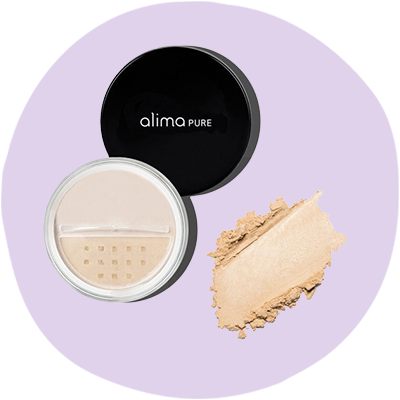
The super lightweight formula of this finishing powder offers a non-oily, non-shiny finish and keeps the pores from clogging. It’s lightly tinted, which can add more coverage to your regular foundation or concealer. And the best part is that it can be used as a substitute for medium-coverage powder foundations!
2. Hynt Beauty Finale Finishing Powder
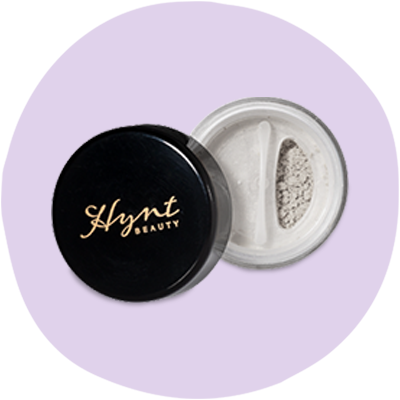
The Hynt Beauty finishing powder has a non-drying and luminous finish to make your skin look naturally flawless. It’s a lightweight formula specially developed to absorb the shine and oil from the skin. Additionally, the pearl powder content provides a subtle glow without robbing off any moisture or hydration.
3. Juice Beauty Phyto-Pigments Flawless Finishing Powder
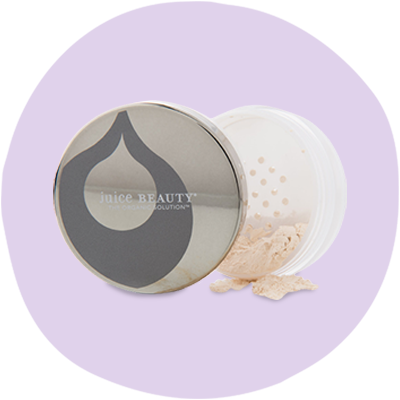
This Juice Beauty finishing powder renders natural finishing for a smooth and even-looking face. But what sets it apart from a lot of similar products is the inclusion of some plant-based ingredients for providing soothing properties, which makes it suitable for use on different skin types.
Can You Make Your Own Setting Powder?
You can easily go the DIY way to make an all-natural and long-lasting setting powder at home with just a few simple ingredients. So, let’s take a look at the process.
Ingredients List
- Arrowroot powder- ½ cup
- Cacao powder- a few teaspoons
- Nutmeg powder- a few teaspoons
- Geranium essential oil- 2 drops
Preparation Method
Take the arrowroot powder in a mixing bowl, use a clean spatula to gently break any lumps, and add the cacao and nutmeg powders. Remember that these two ingredients will essentially give your setting powder its color, so don’t add too much at a time. Instead, sprinkle about half to one teaspoon and give the powder a thorough mix. Continue doing so until you reach the desired tone.
Moreover, cacao and nutmeg are rich in antioxidants and antibacterial properties, respectively, which will be beneficial for your skin. Lastly, add a few drops of the geranium essential oil that will help make your skin radiant and fight inflammation. Mix everything one last time to make your DIY setting powder ready for use.
Alternatively, you can throw everything in a blender or coffee maker to avoid the manual effort of mixing by hand. And store the resultant powder in a clean container or jar that has a tight lid.
Conclusion
That’s all we had for today. But before we leave, here are a couple of pro tips we have for you.
Firstly, don’t forget to check the ingredients of the store-bought setting powder to ensure that you aren’t allergic to any of them. Secondly, wait for the foundation and all other liquid makeup products to dry completely before applying the powder using a big, fluffy brush. Otherwise, you may end up with a streaky or cakey-looking texture.
We will see you again with more such content. Goodbye till then!
References:
(1)- 20 Health Benefits of Arrowroot : Getatoz
(2)- Kaolin Clay For Skin: What Is It, Benefits, And How To Use It (stylecraze.com)
(3)- What Does the SPF Number on Sunscreen Mean? (verywellhealth.com)
(4)- Topical Vitamin C and the Skin: Mechanisms of Action and Clinical Applications – PubMed (nih.gov)

